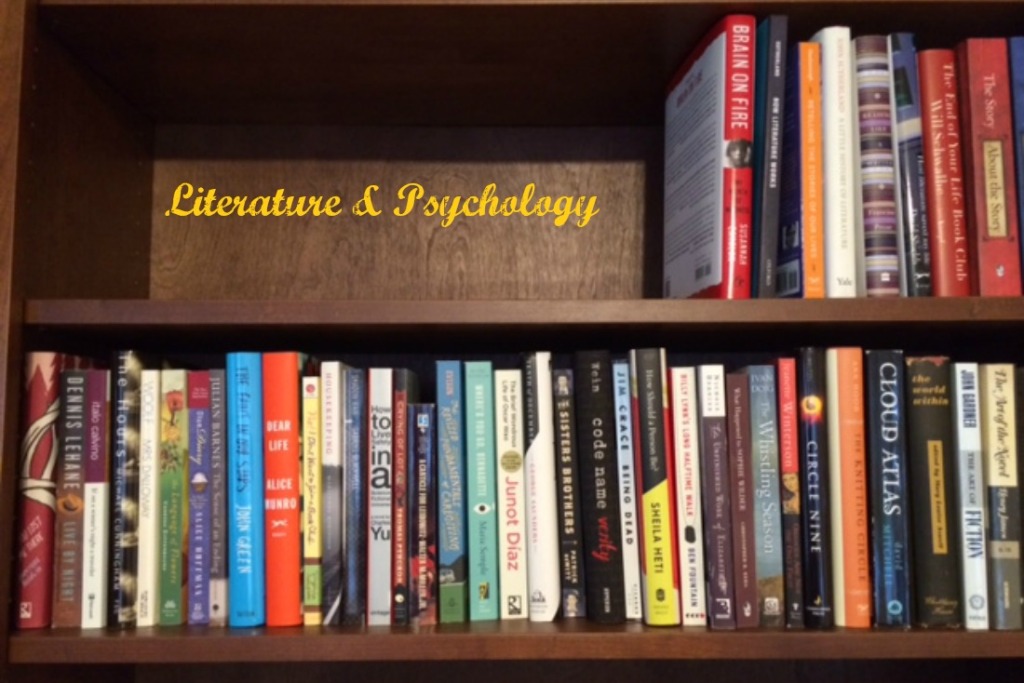Shakespeare’s Plays Reveal His Psychological Signature
A hot trend in literary criticism is the use of computers to analyze text, a field known as digital humanities. Recently Ryan Boyd, a graduate researcher at the University of Texas at Austin, and James Pennebaker, the Liberal Arts Regents Centennial Professor of Psychology at the university, conducted one such analysis to determine whether Shakespeare wrote a play whose authorship has been disputed for centuries. Their results have been published in Psychological Science, a journal of the Association for Psychological Science.
The play in question is Double Falsehood, published in 1728 by Lewis Theobald. Theobold claimed that he based this play on three original manuscripts by Shakespeare that were later destroyed in a library fire. The true authorship of the play has been disputed since its publication. Some scholars believe that Shakespeare was the true author, while others think the play was an original work by Theobold that he tried to pass off as an adaptation. Although today no author would want to pass off an original work as an adaptation from another author’s work, Theobold would have benefited at the time from an association with Shakespeare.
Boyd and Pennebaker used text-analyzing software to establish psychological profiles of the Shakespeare, Theobold, and John Fletcher, who sometimes collaborated with Shakespeare:
“Research in psychology has shown that some of the core features of who a person is at their deepest level can be revealed based on how they use language. With our new study, we show that you can actually take a lot of this information and put it all together at once to understand an author like Shakespeare rather deeply,” says researcher Ryan Boyd.
They examined 33 plays by Shakespeare, 12 by Theobald, and 9 by Fletcher. The software examined the use of function words (such as pronouns, articles, and prepositions) and words that represent various content categories (such as emotions, family, sensory perception, and religion). The software analyzed the themes present in each of the works to create a thematic signature for each author.
The researchers also had the software examine how “categorical” the writing in each work is:
Categorical writing tends to be heavy on nouns, articles, and prepositions, and it indicates an analytic or formal way of thinking. Research has shown that people who rate high on categorical thinking tend to be emotionally distant, applying problem-solving approaches to everyday situations. People who rate low on categorical thinking, on the other hand, tend to live in the moment and are more focused on social matters.
By combining the thematic signature with the categoricalness of the writing, the researchers created a psychological signature for each author. They then analyzed the text of Double Falsehood who determine which of the three writers was the most likely author of the play. When they analyzed the disputed play by acts, the results suggested Shakespeare as the most likely author of the first three acts, and either Shakespeare of Fletcher as the likely author of the fourth and fifth acts. They concluded that Theobold’s influence on the text appeared to be minor.
By using measures that tapped into the author’s psychological profile, Boyd and Pennebaker were able to see that the author of Double Falsehood was likely sociable and fairly well educated — findings that don’t jibe with accounts of Theobald as well educated but also rigid and abrasive.
Together, these findings clearly show that exploring the psychological dimensions of a literary work can offer even deeper insight in the process of textual analysis.
Also see the University of Texas at Austin news release Shakespeare Wrote Contested Play, Suggests Psychological Text Analysis.


Pingback: Too Many Open Browser Tabs | Retreading for Retirement